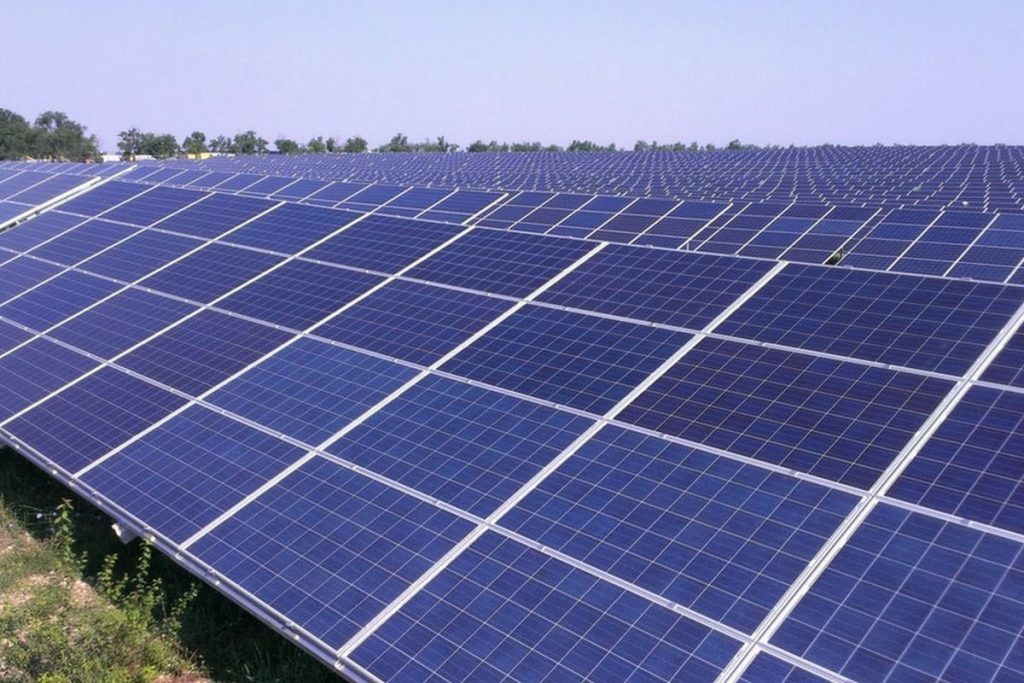-
Call-center
+998 78 141 90 99 -
Helpline
+998 71 619 23 33
Solar photoelectric stations are being constructed in AMMC
The middle of the 19th century saw many advances in physics, along with experiments to study electricity, magnetism, and light. The basics of solar energy are part of this discovery as inventors and scientists set the stage for the next phase of technology. The photovoltaic effect is the key to solar PV technology. The photovoltaic effect, a combination of physics and chemistry, occurs when an electric current is generated in a material when exposed to light.
Solar photoelectric power plants are ecologically clean, safe and economical plants. Its working principle is as follows: Sunlight hits the solar panels, the sunlight is converted into direct current and stored in the battery cells. With the help of an inverter, direct current is converted into alternating current and transmitted to the electrical network.
Since 2005, the global solar photovoltaic (PV) market has been growing at an average rate of 40% per year. More than 2 million jobs are expected to be created by solar photovoltaics in the next 20 years. As a result, 350 million tons of CO2 emissions will be reduced, and 140 coal-fired power plants will be shut down. The total capacity of solar photoenergy will be 650 GW by 2030.
The stage of transition to green economy has already been started at the Almalyk Mining and Metallurgical Complex, a large industrial enterprise. Solar battery installation projects are being implemented in order to provide alternative electricity to the facilities of the Complex. In particular, the construction works of the solar photoelectric plant at the AMMC sports complex began on November 10. The works will be completed and commissioned soon. This photoelectric plant meets the needs of the executive apparatus for electricity. The station is being built by "Solar Nature" LLC. Isfandiyor Kamolov, the head of the design department of this enterprise, informed that the station being built in the AMMC sports complex will have a production capacity of 350 kilowatts of electricity per hour. According to preliminary calculations, the executive apparatus of AMMC consumes 500 kilowatts of electricity per hour, so the station supplies 350 kilowatts.
Also, according to the order of the Complex, 2 more projects of 150 and 250 kW are being implemented. One of them serves a medical institution, and the second serves the power repair shop of the Department of Electric Networks. These stations work on the basis of "Pers" technology. The advantage of this technology is that it converts the sunlight falling to the ground and returning to the battery into electricity.
For information, at the same time, two large solar photoelectric power plants that produce electricity based on renewable energy sources have been launched in Uzbekistan. One of the stations designed to produce 260 million kilowatt hours of electricity per year was commissioned in 2021 in the Karmana district of the Navoi region, and the second in May 2022 in the Nurabad district of the Samarkand region. The effect of the green economy, which is also being created at AMMC, provides the enterprise's need for electric energy and allows to adapt production processes to world standards.


